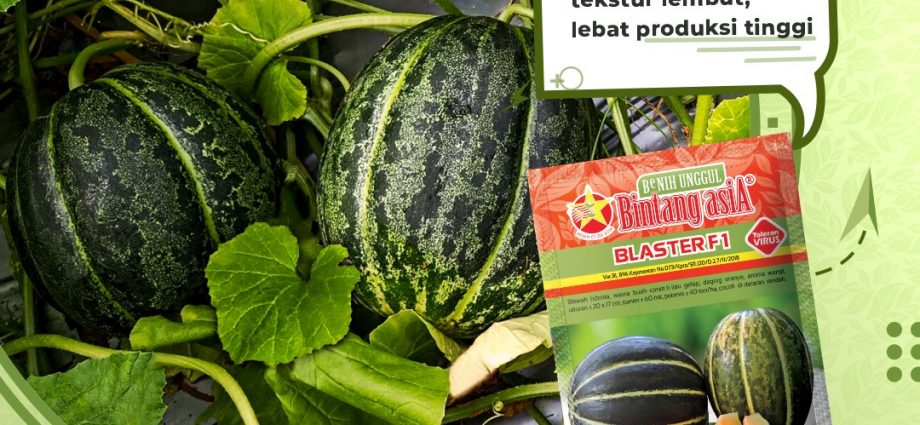Cantaloupe, also known as muskmelon or rockmelon,
is a type of melon that is widely consumed around the world. It is named after the town of Cantalupo in Italy, where it was first cultivated in the 1700s. Cantaloupe has a round or oval shape, with rough netted skin that ranges in color from green to tan. The flesh is usually orange or yellow, and it has a sweet and fragrant taste that is enjoyed by many. Cantaloupe is an excellent source of vitamins A and C, as well as potassium, fiber, and other essential nutrients.
Cantaloupe can be consumed in a variety of ways. It can be eaten fresh as a snack or added to fruit salads, smoothies, or desserts. It can also be used to make refreshing drinks such as juices or sorbets. In addition to its delicious taste, cantaloupe is also known for its numerous health benefits. Its high fiber content can aid in digestion and promote regularity, while its vitamin C content can boost the immune system and protect against chronic diseases.
Growing cantaloupe requires warm temperatures and well-drained soil. The seeds should be planted in the spring, once the soil has warmed up to at least 60°F. The plants should be spaced about 2-3 feet apart, and the soil should be kept moist but not waterlogged. As the fruit begins to grow, it should be supported with a sling or net to prevent it from touching the ground and becoming contaminated with soil-borne pathogens. Cantaloupe can take up to 80 days to mature, depending on the variety and growing conditions.
Overall, cantaloupe is a delicious and nutritious fruit that is enjoyed by many people around the world. Whether eaten fresh or used in a variety of dishes, cantaloupe is a great way to add flavor and nutrition to your diet.
Cultivating cantaloupe fruit can be a rewarding experience, especially if you enjoy gardening and growing your own produce. Here are the general steps involved in cultivating cantaloupe fruit:
1 Choose a sunny spot: Cantaloupe fruit requires a warm and sunny spot to grow well. Choose an area in your garden or yard that gets at least six hours of direct sunlight per day.
2 Prepare the soil: Cantaloupe fruit thrives in well-drained soil that is rich in organic matter. Prepare the soil by adding compost, aged manure, or other organic amendments to improve the soil structure and fertility.
3 Plant the seeds: Cantaloupe seeds can be sown directly into the garden soil once the soil temperature has reached at least 60°F. Plant the seeds about 1 inch deep and 3 to 4 feet apart to allow enough space for the vines to spread.
4 Water regularly: Cantaloupe plants need regular watering to ensure proper growth and fruit development. Water deeply once or twice a week, depending on the weather conditions and soil moisture level.
5 Provide support: Cantaloupe vines can be long and heavy, and they may require support to prevent them from breaking or touching the ground. You can use trellises, cages, or other support structures to keep the vines upright.
6 Control pests and diseases: Cantaloupe plants are susceptible to various pests and diseases, including aphids, cucumber beetles, and powdery mildew. Use organic methods such as companion planting, handpicking, and natural sprays to control pests and diseases and avoid using harsh chemicals that can harm the environment.
7 Harvest the fruit: Cantaloupe fruit is ready to harvest when it has a sweet fragrance and the stem easily detaches from the fruit when gently tugged. Cut the fruit from the vine with a sharp knife, leaving a small portion of the stem attached to the fruit.
With proper care and attention, you can successfully cultivate cantaloupe fruit and enjoy its sweet and juicy flavor right from your garden.
Source : Benih Citra Asia




Hi my family member I want to say that this post is awesome nice written and come with approximately all significant infos I would like to peer extra posts like this